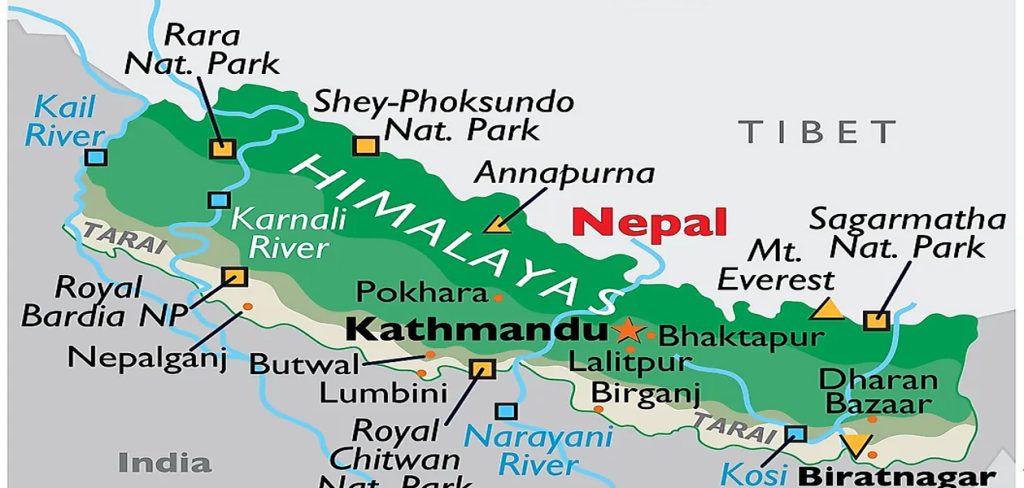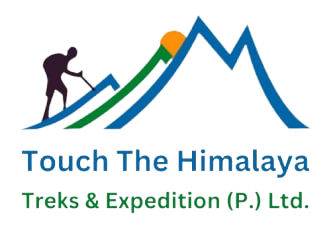Book your travels
+977 9841619019
FAQ -Touch The Himalaya
FAQ

FAQ is designed to provide the answer for many people who are planning and preparing to visit Nepal. The questions listed here, and their respective answers are meant only as a general guide to assist you plan and organize your trip before you actually hit the road. They are not meant to be a detailed out on the road guide. For further details information and more on day to day travel guidance, get hold of one of many outstanding travel books that have been published over the years to help traveler. Many of them are available in bookstores around the world but if you can’t find one in a store near you, don’t worry, you can get them in Nepal once you arrive here.
What is Trekking?
Trekking is a synonymous name for walking or hiking. It is normally a multi-day hiking adventure and expedition through rural villages and mountainous landscapes in Nepal.
About Nepal ?
Nepal is a landlocked country in South Asia. It is located mainly in the Himalayas but also includes parts of the Indo-Gangetic Plain. With an estimated population of 29 million, it is the 48th largest country by population and the 93rd largest country by area. It borders China in the north and India in the south, east, and west while Bangladesh is located within only 27 km (17 mi) of its southeastern tip and Bhutan is separated from it by the Indian state of Sikkim. Nepal has a diverse geography, including fertile plains, subalpine forested hills, and eight of the world’s ten tallest mountains including Mount Everest, the highest point on Earth. Kathmandu is the nation’s capital and largest city. Nepal is a multiethnic nation with Nepali as the official language.
Nepal Knows for?
Nepal is geographically elongated from East to West, whereas it remains compact from North to South. The distance between the North and South territory of Nepal is almost 100 km. Within these 100 kilometers, one can experience boiling hot tropical climates to unnerving arctic weather. Out of Fourteen Eight Thousand meters of mountains in the world, eight are in Nepal. Eight Thousanders refers to those mountains whose elevation ranges higher than Eight Thousand Meters. Starting from the East it stretches all the way up to western Nepal.
East to West Series will stand as – “Mt. Kanchenjunga | Mt. Makalu | Mt. Lhotse | Mt. Everest | Mt. Choyou | Mt. Manaslu | Mt. Annapurna | Mt. Dhaulagiri with a home for world’s highest mountain, i.e. Mount Everest. Nepal is the one and only country in the world with elevation starting from 70 m from sea level to 8848 m from sea level. This means the lowest elevation of Nepal is 70 m from the sea level and the highest elevation is 8848 m from the sea level.
Nepal has 122 different local languages. We all are familiar with world heritage sites listed by UNESCO (United Nations Educational, Scientific and Cultural Organization). Kathmandu itself is home to seven such world heritage sites under cultural categories. Within a radius of 15 kilometers of Kathmandu Valley, all those sites are located. “Kathmandu Durbar Square | Patan Durbar Square | Bhaktapur Durbar Square” are similar architecture which used to be a king’s palace before the unification of Nepal. Similarly “Bouddhanath Stupa | Swoyambhunath Stupa” is similar architecture with a white dome. Finally “Pashupatinath Temple | Changunarayan Temple” are the Hindu Temples.
Why Take a Trip To Nepal?
Nepal offers a wide variety of mountains and peaks for hiking that you may experience while also coming into contact with different communities, people, cultures, traditions, and lifestyles. It also has the world’s tallest peak, which is a natural wonder.
What Could Go While Traveling?
Problems include high altitude sickness, mountain sickness, pulmonary edema (fluid accumulation in the lung), cerebral edema (swelling brought on by low oxygen levels in the brain), and hypoxia (a pathological condition in the body) might arise depending on the altitude and the area.
Can I get a Nepal visa on arrival?
Yes! A Nepali visa is easily available upon your arrival at the entry places. Make the process easier by downloading & completing the application form, having the correct USD cash, and two passport photographs.
Is the country politically safe and stable?
Nepal is one of the new democratic countries in the world with many active political parties, ideas, ideologies, and leaders. Nepali have ladies’ leaders. As such there might be some disturbances in some parts of the country. But it does not and will not affect the daily life of the residents in the other parts. Life moves on, as usual, unperturbed.
How long will we walk on an average day’s trekking?
Each day you can expect more or less five to seven hours of walking, covering 10 to 14 km. However, above 3500m, the times will be the same but you’ll only cover 8 to 9 km. Importantly, all our itineraries are flexible and can be altered by weather, the geographical and physical condition of the individual participant.
Does your company help to arrange domestic flights, international flights, hotel bookings, and other services?
We can take care of all domestic flights, hotel bookings, and other services. However, we suggest you to arrange international flights from your home country, but we can provide assistance.
Is Nepal safe? Is traveling alone safe with your company?
Absolutely Nepal is safe for the traveler as well as our company. Firstly, Nepal is considered as one of the most peaceful countries in the world. Secondly, while you’re on your trip with us, we take personal responsibility for your well-being, a responsibility we commit very seriously.
What are the best times to travel /trek/tour/expedition in Nepal?
The Best tourist season in Nepal with the summer and the winter set is Autumn (September to November). The weather is highly pleasant so we can see mountain views. While Spring season (March-May) is also considered a good season. The temperature is mildly warm in low lands while moderate in higher altitudes with plenty of opportunities to have a tryst with the mountain views. It is also the time for flowers to blossom and the national flower of Nepal – rhododendron sweeps the ascending altitudes with its magnanimous color and beauty. Winter season (January-February) is also recommended for tours, safari, and low altitude trekking below 4000m. But for some areas of Nepal, Tibet, and India, the Summer season (June- August) is the best month because these areas are ‘rain shadows’ and the monsoon is much lighter here.
Are there ATM facilities in Nepal?
There are many ATM machines in Kathmandu, Pokhara Valley, and other major touristic cities of Nepal. However, in mountains, we have to carry cash with us.
For tourists, what is there to buy in Nepal to take back home?
Actually, there are so many things for tourists that depend on your personal choice. Nepal is well known for its Handicraft materials, pashmina, Nepalese art and craft, and Nepali musical instruments like Madal and Banshuri are the items to purchase. Moreover, Nepali carpets are also best known among tourist customers. And the best place to shop for these goods is around the Thamel area and other more cultural heritage areas.
What types of cards are accepted? Debit or Credit? Visas or Masters or Discovers or Dinners?
The most popular cards accepted in Nepal alike VISA, MASTERCARD, and American Express. Both Debit and Credit Cards are accepted here.
Is there any tourist police in Nepal?
Of course, there is a tourist police located near the Nepal Tourism Development Board’s Office. Also, there are complaint counters at the airport and Basantapur Durbar Square. Tourist police are specially trained in English and have detailed local knowledge to assist tourists. For security and travel-related assistance, you can reach any of the officers by telephone at 4-247041, 4-4268969 from 11 a.m to 5 p.m.
Which Kind of Accommodation Do We Offer?
We are able to offer teahouse and tent accommodations for trekkers. The lodging for teahouses is provided by locally owned lodges and hotels. They are typically cute, compact, and well-kept. They provide a variety of requirements at various pricing points. However, with its subtropical forests and mountains, the Himalayan nation of Nepal is also ideal for camping. Although camping can be more exciting than staying in teahouses, it is more expensive due to the logistics required.
Our Associates







